On April 30, 1977, Pol Pot's army attacked 14/16 border communes in An Giang province, destroying our villages and schools. In the face of Pol Pot's blatant invasion, our army used 1 regiment (belonging to Division 330), 1 boat regiment and 2 local An Giang battalions to fight back, killing 300 soldiers, forcing Pol Pot's army to retreat across the border.
 |
| Cambodian revolutionary armed forces and Vietnamese volunteer soldiers entered Phnom Penh to liberate it at noon on January 7, 1979. Photo: VNA. |
Phase 1 (from April 30, 1977 to January 5, 1978)
On May 23, 1977, the Central Military Commission issued a directive to the armed forces in the South: Resolutely protect our territorial sovereignty , while respecting the territorial sovereignty of Cambodia. Implementing the Directive, the main force and logistics units prepared all forces to be ready for combat.
From September 25, 1977, Pol Pot's army concentrated 9 main divisions and local forces to launch the second major attack on the provinces of An Giang, Kien Giang, Long An, Dong Thap towards Tay Ninh. The General Staff decided to use a part of the main mobile force to repel Pol Pot's attacks in many areas on the border, recapture the encroached areas, then retreat to consolidate forces.
Discovering that we had retreated, on November 15, 1977, Pol Pot's army launched a new attack to capture Tay Ninh town. In that situation, from December 5, 1977 to January 5, 1978, our army launched a counterattack to pursue Pol Pot's army, causing damage to 5 divisions and foiling the enemy's plan to capture Tay Ninh town.
With the plot of "both robbing and crying out", on December 31, 1977, the Pol Pot group slandered the Vietnamese Army for "invading Democratic Cambodia" to isolate Vietnam.
On December 31, 1977, our Government issued a statement on the Vietnam-Cambodia border issue, clearly stating its stance and principles: Resolutely protect independence, sovereignty and territorial integrity; always respect the independence, sovereignty and territorial integrity of Cambodia, do our utmost to protect the fighting solidarity and friendship between Vietnam and Cambodia...
Phase 2 (from January 6, 1978 to January 7, 1979)
In January 1978, Pol Pot sent two more divisions to the border, continuously attacking and encroaching, shelling densely populated areas. Faced with that situation, the General Staff mobilized Division 341 (Army Corps 4) to reinforce Military Region 9, ready for combat; at the same time, ordered our units along the entire southwestern border to carry out active defense to support our Party and State in carrying out political and diplomatic struggles.
From March 26, 1978, our army units switched to the offensive, pushing Pol Pot's army further away from the border and forcing the enemy into a passive position; at the same time, directly supporting the development of the uprising movement of the Cambodian revolutionary forces, culminating in the uprising from May 26, 1978 in the Eastern Military Region, weakening a part of Pol Pot's army.
After the uprising of the Cambodian revolutionary forces in the Eastern Military Region, Pol Pot's army both actively purged its own forces and had to deal with the Cambodian revolutionary forces that continued to operate in many places.
To support the Cambodian revolutionary forces, from June 14 to September 30, 1978, we used the 3rd Corps, the 4th Corps and 2 divisions (belonging to Military Region 7), 2 divisions (belonging to Military Region 5) to launch a major attack on Route 1, Route 7, the Tay Ninh border area and the extended Route 19 to destroy an important part of the enemy's forces, gradually weakening Pol Pot's army.
Faced with Pol Pot's intention to concentrate 5 divisions and 4 regiments to attack and occupy Tay Ninh, and then expand the area to occupy Vietnamese territory, on December 6 and 7, 1978, the Politburo and the Central Military Commission approved the determination to launch a general counter-offensive - strategic offensive, completing the war to protect the southwestern border of the Fatherland; at the same time, they were ready to support the Cambodian revolutionary armed forces.
Discovering our preparations, Pol Pot concentrated most of his main forces along the border with Vietnam.
On December 23, 1978, they mobilized 10 of the 19 divisions deployed at the border to launch an attack along the entire southwestern border of our country.
On December 26, 1978, the outer defense system of Pol Pot's army was broken. On December 31, 1978, our army and people completed the mission of driving out Pol Pot's army, reclaiming all the territorial sovereignty of the Fatherland that had been encroached upon by the enemy.
On January 2, 1979, Pol Pot's three main army groups, each with 5 divisions, blocking the routes to Phnom Penh were basically destroyed.
On January 5 and 6, 1979, Vietnamese volunteer soldiers and Cambodian revolutionary armed forces approached the capital Phnom Penh.
On January 7, 1979, the capital Phnom Penh was completely liberated.
(To be continued)
Source
















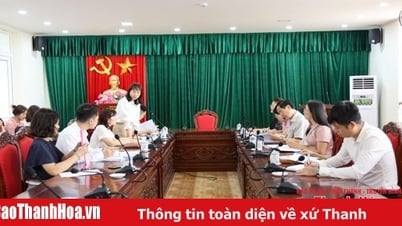





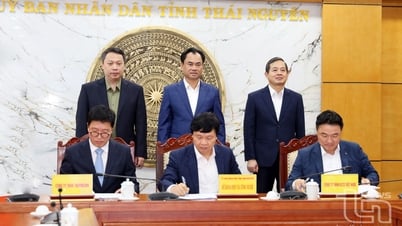

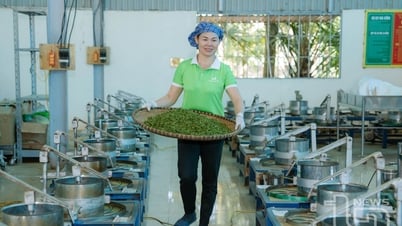
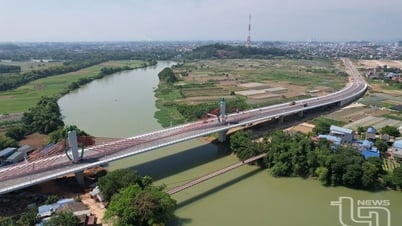







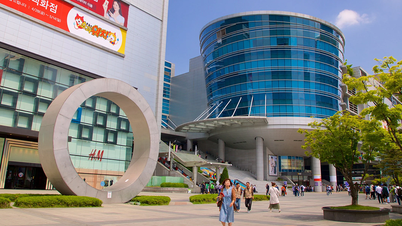

















































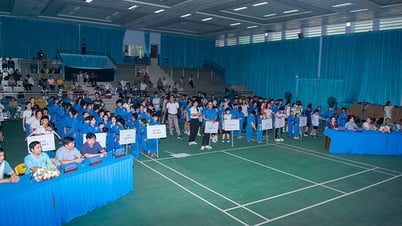

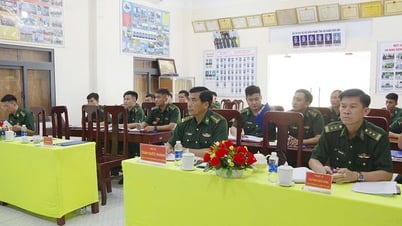
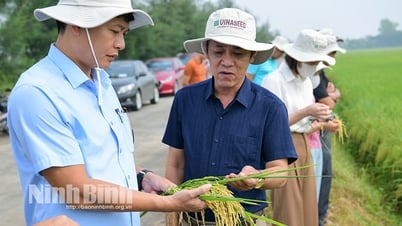

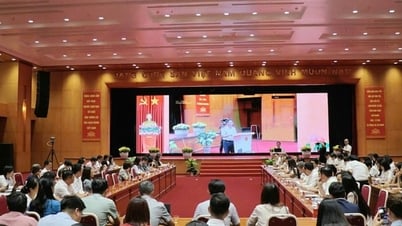

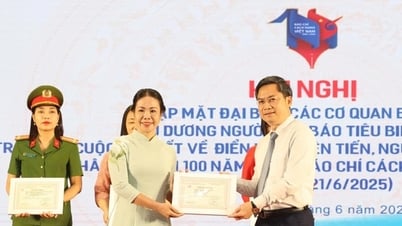
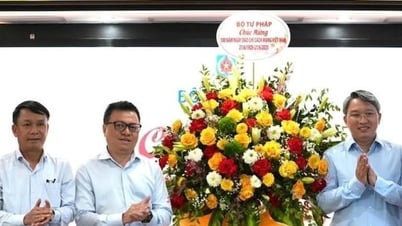












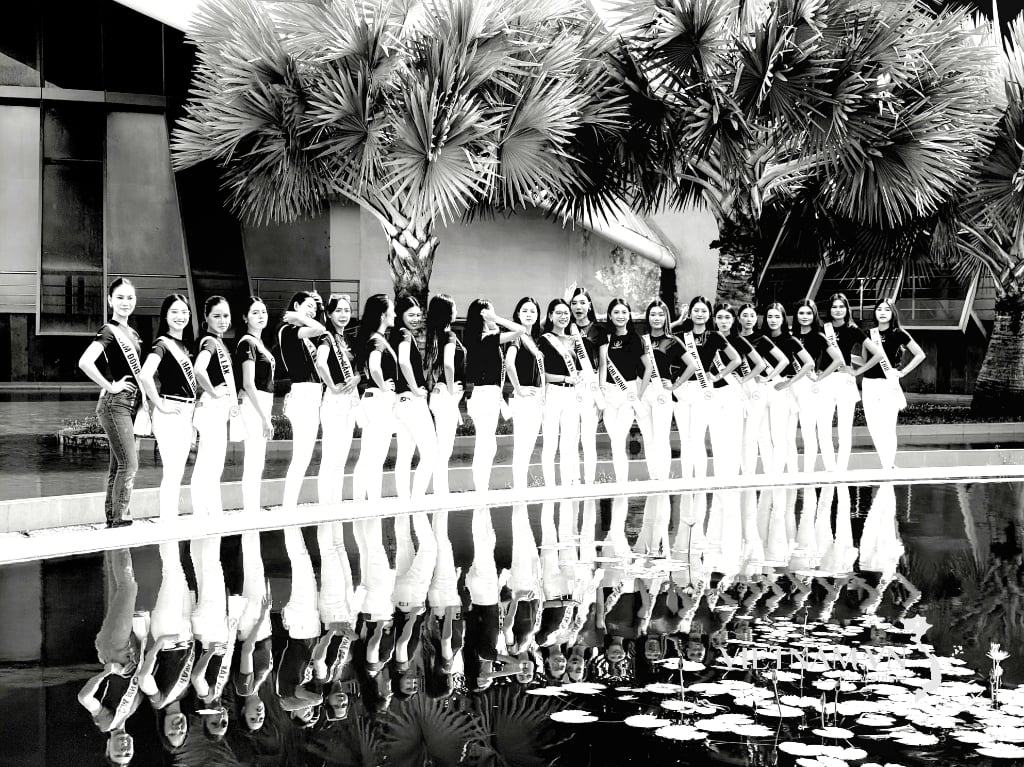

Comment (0)